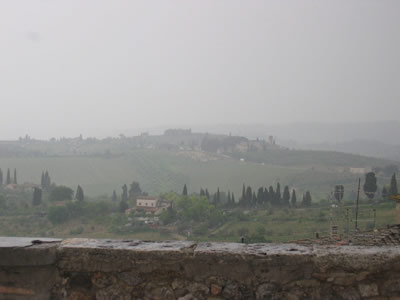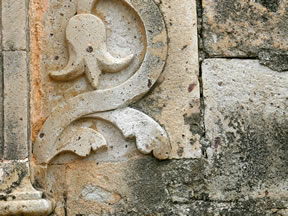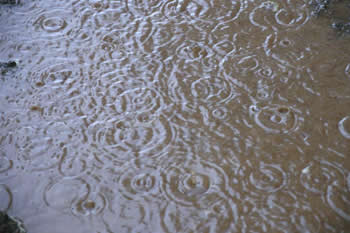This image shows raindrops falling into a puddle.
Click on image for full size
Courtesy of University Corporation for Atmospheric Research
Rain
Raindrops form when tiny water droplets collide together in clouds to form bigger ones. When they get too heavy, rain falls out of the clouds. Rain is more than 5mm in diameter. The types of clouds that rain falls out of are nimbostratus and cumulonimbus. Very small raindrops are called drizzle. Drizzle falls out of stratus clouds or stratocumulus clouds. The place in the United States where it rains the most days in one year is on the island of Kauai in Hawaii.
Have you ever noticed an earthy smell in the air before it rains? The odor may be from bacteria in soil. The bacteria release gases. These gases are pushed into the air as rain falls on the soil. Winds cause the smell in the air to get to you before the rain.
Acid rain is a type of rain that is made from air pollution. This rain can cause harmful affects to our ecosystems.
You might also be interested in:

Nimbostratus clouds are part of the Low Cloud group. They are dark gray with a ragged base. Nimbostratus clouds produce rain or snow. Sometimes they cover the whole sky and you can't see the edges of
...more
Cumulonimbus clouds belong to the Clouds with Vertical Growth group. They are also known as thunderstorm clouds. A cumulonimbus cloud can grow up to 10km high. At this height, high winds make the top
...more
Drizzle is very light rain; the water drops that make up drizzle are smaller than rain drops. Drizzle can be so light that only a millimeter of water falls to the Earth's surface in one day. It is produced
...more
Stratus clouds are part of the Low Cloud group. They are gray and can cover most or all of the sky (like a big blanket). Stratus clouds sometimes produce light mist or drizzle.
...more
Stratocumulus clouds belong to the Low Cloud group. These clouds are low, lumpy, and gray. These clouds can look like cells under a microscope - sometimes they line up in rows and other times they spread
...more
Wind is moving air. Warm air rises, and cool air comes in to take its place. This movement creates the winds around the globe. Winds move at different speeds and have different names based on their speed.
...more
Have you ever heard of acid rain? Acid rain is what happens when some types of air pollution is washed out of the sky by rain. Sometimes, the pollution can be washed out by snow, sleet, hail, mist or fog,
...more















